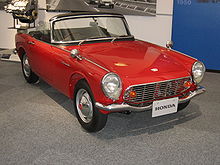It's just bigger. Touring bikes are bigger, taller, wider, blah blah blah.
What's the wheelbase of an R1? 55.7 inches. And an FJR? 60.8 inches. 5.1 inches of something holding it together. More tail structure, for luggage. More nose structure, for battery, windshield, and bodywork. (How tough do you think that nose has to be to push a windshield through the air at 100+ miles per hour? Quite a torque moment on them pieces.) Bigger tank. Tanks are steel, by the way, heavy.
As for weight with what the FJR has, compare it to Ammurican steel: Say, a new Fat Boy. The HD is 4 inches longer, but some of that is higher rake, not structure. The Harley has no luggage, you have to "customize" it with a rack, packs, bags, whatever, but it's 50 pounds heavier than the FJR before you do all that, more expensive, and carries less gas. So start with an Electra-Glide, then. It's got all the space you'd need for carrying stuff already built on. But wait, it's only 50 pounds short of a half-ton, and still carries less gas and gets lower mileage!!!! And you get 2 FJRs and some farkles and gear for the money.
The FJR is a big bike. Of course it's heavier. ScooterG's comparison is appropriate. But compared to "other" big bikes, it's not that heavy after all.































































